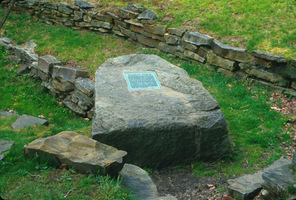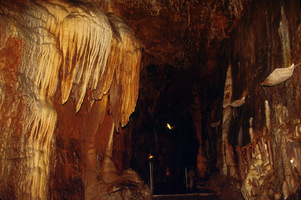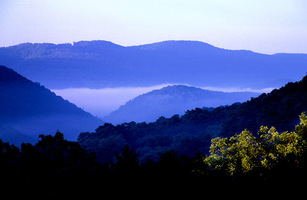 | Back to e-WV
| Back to e-WV
 The West Virginia Encyclopedia
The West Virginia Encyclopedia
 | Back to e-WV
| Back to e-WV
 The West Virginia Encyclopedia
The West Virginia Encyclopedia









Grant County is located at the western end of the Eastern Panhandle of West Virginia. It was created February 14, 1866, soon after the Civil War, and named for Gen. Ulysses S. Grant, who later became the nation’s 18th president.
Petersburg, the county seat of Grant County, was settled in 1745 as Lunice Creek. Its name was changed to Petersburg, probably in honor of early merchant Jacob Peters, then to Grant Court House when it became the county seat in 1870, and finally back to Petersburg.
The South Branch of the Potomac River drains all of Pendleton County and parts of Grant, Hardy, Hampshire, and Morgan counties.
Throughout its length, the North Branch forms the boundary between West Virginia and Maryland.
Mount Storm Lake, a 1,200-acre impoundment, is located on the Stony River, a tributary of the North Branch of the Potomac River. Fishermen frequent the warm lake year-round, fishing through the winter. Mount Storm Lake is popular with boaters as well, and it is a favorite with scuba divers from a wide area.
The Fairfax Stone, which originally marked the western extent of the Fairfax estate, is an important West Virginia landmark.

A ruggedly scenic 18-mile canyon in Pendleton and Grant counties, the Smoke Hole Hole was carved by the South Branch of the Potomac River between North Fork Mountain on the west and Cave Mountain on the east.

Greenland Gap is a scenic 820-foot-deep pass through New Creek Mountain. Both sides of the gap are framed by towering cliffs of Tuscarora sandstone.
A linear ridge running northeast to southwest in Grant and Pendleton counties, North Fork Mountain extends 34 miles from North Fork Gap to Snowy Mountain (Dry Run) Gap in West Virginia.
